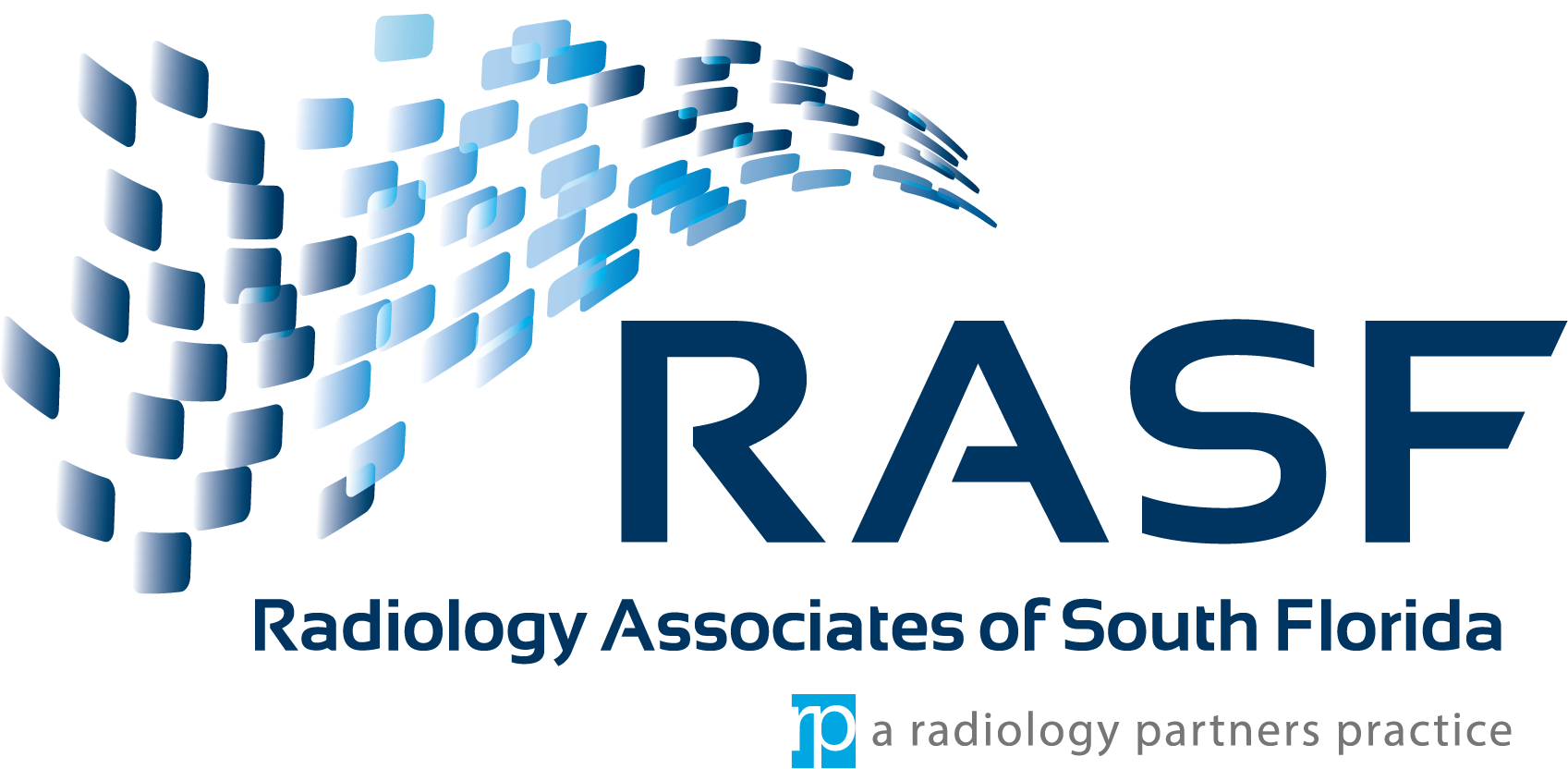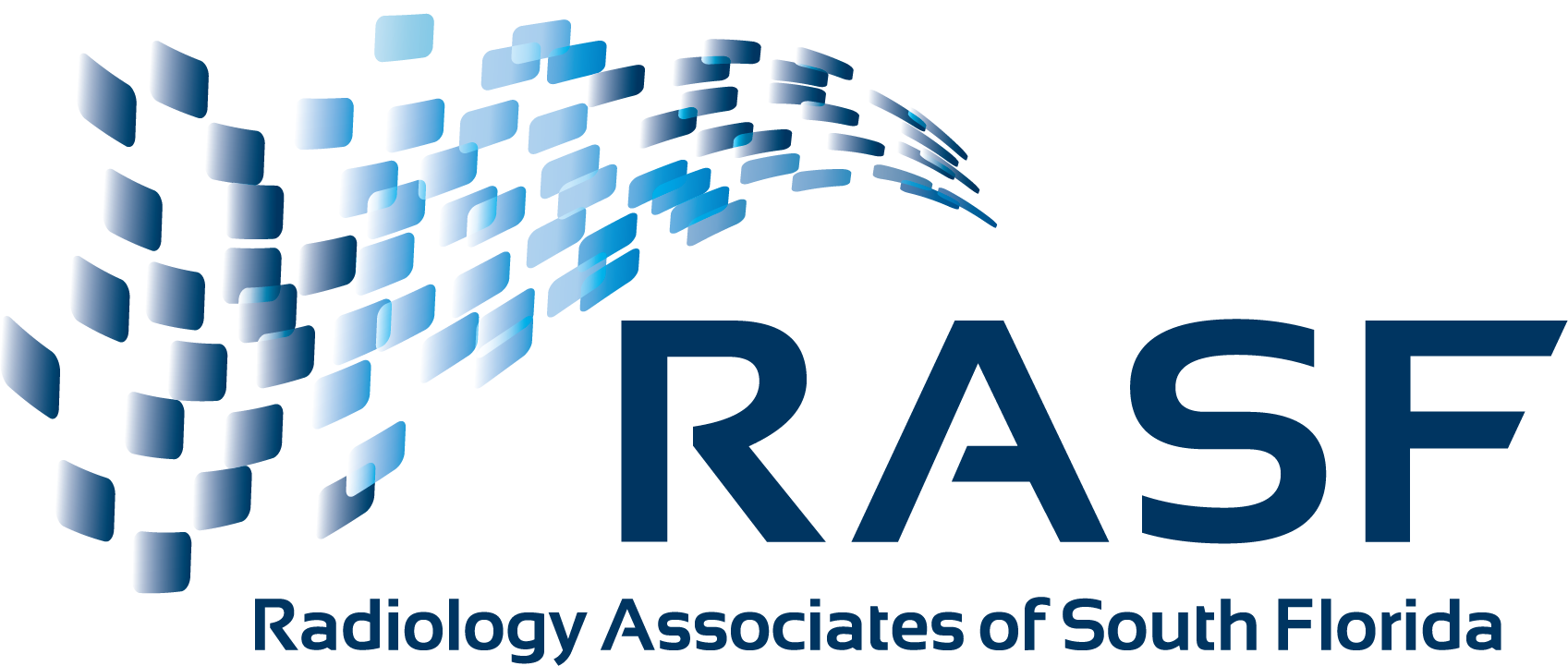Cardiac Imaging
Heart disease is our leading killer. Cardiac imaging and vascular imaging are critical in foreseeing an event before it happens. Our expert team supports one of the highest-volume centers in the country.
The Cardiac Imaging Division of RASF is staffed with dedicated fellowship-trained cardiac imagers with extensive expertise in advanced applications of Cardiac CT, Cardiac MRI and Nuclear Cardiology. The cardiac imaging section has pioneered the clinical implementation of non-invasive imaging for assessment of chest pain in the emergency department in the mid to late 90s with Nuclear myocardial perfusion imaging (MPI) and since 2008 with Coronary CTA.
We have one of the first and busiest dedicated Coronary CTA programs in the country covering five Hospitals and several Imaging Centers. Coronary CTA cases include patients presenting with acute chest pain from the Emergency Department; outpatients presenting with stable angina and/or non-diagnostic stress test and a strong prevention program using Calcium score among other indications. Cardiac MRI is performed mainly at Baptist Cardiac and Vascular Institute, and also at South Miami Hospital. Cases include viability assessment, non-ischemic cardiomyopathy, vasodilator mediated stress perfusion, cardiac masses, pericardial disease, congenital heart disease, valvular disease and shunt assessment.
Nuclear Cardiology cases include ischemia detection, viability assessment and ejection fraction calculations. In the past, patients would need to stay in the emergency room for up to 36 hours or be admitted to the hospital. By using coronary CTA, one of several tools used to evaluate chest pain, doctors are able to determine the diagnosis within less than 12 hours from arrival. The use of Coronary CTA has been proven to be cheaper, faster and safe in the assessment of low to intermediate risk patients presenting to the ED with chest pain, negative cardiac enzymes and non-diagnostic ECG.
Procedures
Radiology Associates of South Florida is dedicated to providing a full range of high quality imaging and professional radiology services including body imaging, interventional radiology, musculoskeletal imaging, neuroradiology, pediatric imaging and vascular surgery.
Diagnostic Imaging Services
8900 N. Kendall Drive
Miami, Florida 33176

